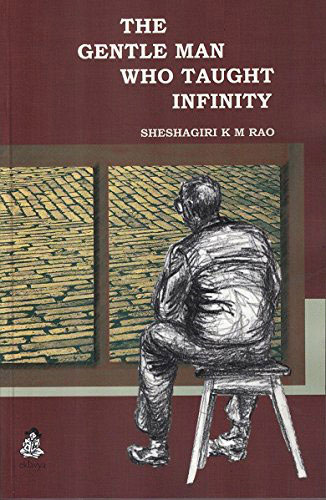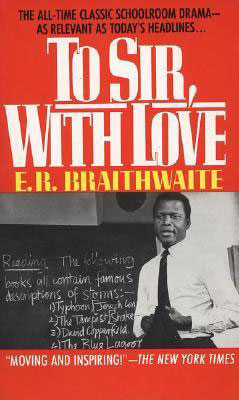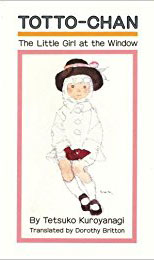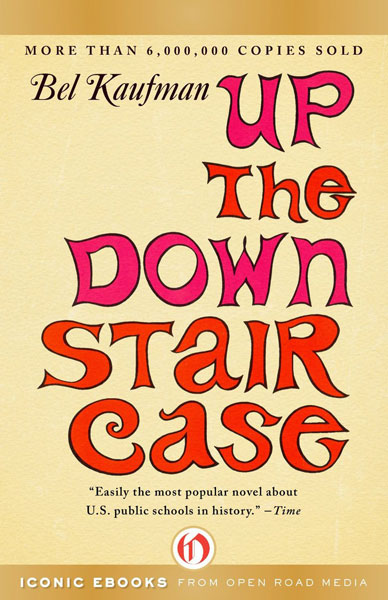

Sometimes, the oddest book captures your fancy. I’m a typical case, right through school totally terrified of arithmetic and anything mathematical. Thanks to an inspiring teacher, Mrs Rajam, and a question paper in the public exam that was entirely based on common sense, I managed to do well enough for the admissions head of a college to ask why I didn’t take up mathematics instead of English literature at the undergraduate level. Horrors! Luckily, that bullet was dodged.
Recently, two parcels of books arrived at home. Among them was a paperback called The Gentle Man Who Taught Infinity by Sheshagiri K M Rao. You will remember The Man Who Knew Infinity, by Robert Kanigel, made more famous by the film starring Dev Patel essaying the role of mathematician Srinivasa Ramanujan,whose brilliant work was revealed to the world by the British mathematician TM Hardy.
Mattur Venkatadri Channakeshava taught maths to generations of boys at Baldwin Boys High School, Bengaluru. He was no ‘hero’ in the way we normally understand the word. As the author says in his intro: “He didn’t make me a rank holder or a gold medallist in the subject. No he didn’t. I was just an average student of the subject who very nearly failed in it in the ninth grade. He will vouch for this. But he made me love the subject.” Now that, by any definition, is genius: to show the way to love something, that’s special.
Sheshagiri Rao goes on to explain: “The first thing Channa did was make us enquire and think. He gently nudged and pushed us to figure things out on our own, always. Second, his teaching was based on first principles…always. You never got a sense that he was ad hoc. He taught you to see a pattern in the madness. Third, he taught us mathematics because he wanted us to pursue truth and beauty, not just get good examination grades. Yes, you read me right. Never mind if none of us became mathematicians. For me, he made maths fascinating. Finally, Channa was a master storyteller who loved his craft. Which is why I remember minor details of his teaching even after all these many years.”
With the help of anecdotes, reflections, references, problems and solutions, inferences and reminiscences, the book showcases the teacher, the art of teaching, and explorations on the beauty and nature of the subject, in this case, mathematics. The writing has neither flair nor flourish, but it has passion.It is insightful in its observations and open-minded in its vision. It also whets curiosity. It may not necessarily drive out all those fears but it will certainly help sweep away some cobwebs.
Reading The Gentle Man Who Taught Infinity — and skipping the really nerdy bits — got me thinking about teachers and teaching methods, and about books about teachers and teaching methods.The first and most obvious name that comes to mind is To Sir, With Love by E R Braithwaite. Most people of my generation would remember the film starring Sidney Poitier. Others will remember the title song, so tenderly rendered by Lulu. I remember that I first read the book, and only later saw the film. Published in 1959, it is based on the true experiences of the author when he was a teacher in a school in East End, London.
A couple of years later when I chanced upon Up The Down Staircase by Bel Kaufman, it seemed like the American answer to To Sir, With Love. Published in 1964, Wikipedia says the book was 64 weeks on the New York Times best-seller list. It talks about teaching classical literature to children at an inner-city school plagued with all kinds of societal issues; the title comes from the fact that kids could get punished for going ‘up the down staircase’.What makes Kaufman’s book interesting is its stylistic approach, combing memos, notes, essays, lesson plans, and occasional dialogue to create the narrative thread.
A couple of books on the theme attained literary fame. Among them is The Prime of Miss Jean Brodie by Muriel Spark, published in 1961. In 2005, Time magazine included it in its list of 100 best books published in English from 1923 onward. This is a work of fiction, however, set in the 1930s, and gets some of its nuance from the fact that one of the things Jean Brodie promotes is fascism.
However, Frank McCourt’s Teacher Man is again entirely based on his own experiences as a teacher in the US. The obit by Carlo Gebler published in The Guardian in July 2009 upon his death bears quoting: “… in 1958, he started his teaching career in McKee Vocational and Technical High School on Staten Island. His charges were 16-year-old mechanics, beauticians, gang members, criminals and taxi drivers-in-waiting. They did not want to be taught Shakespeare, let alone waste time in school. A boy called Petey threw a baloney sandwich at him: McCourt’s response was brilliant and audacious, as well as typical of his style. He picked the sandwich up, ate it and told the class it was delicious. Thereafter he learned to control his classes, either by getting them to write what they wanted to write (excuse notes in the style of Eve, Judas and other figures of the past was always popular) or by telling them stories about his Irish life before America…”
A friend introduced me to Erin Gruwell’s account of her experiments and experiences with students of Woodrow Wilson High School in Long Beach, California. The Freedom Writers Diary: How a Teacher and 150 Teens Used Writing to Change Themselves and the World Around Them was published in 1999: it is relevant in any part of the world even today. The atmosphere in the school when Gruwell first stepped into its corridors was charged with tension: racial, societal, economic. By getting her students to read and write about books such as The Diary of Anne Frank and Zlata’s Diary: A Child’s Life in Sarajevo, she managed to impact their lives and thinking. The original freedom writers’ high point was a visit from Zlata Filipovic herself of Zlata’s Diary in which she, as a child, had recorded her observations during the Bosnian conflict.
There are many books on this theme, and so much more to understand about life and learning from them, including A Beautiful Mind by Sylvia Nasar. This 1998 book is the biography of Nobel Prize-winning economist and mathematician John Forbes Nash. And who can forget the perfectly charming Totto-chan: The Little Girl at the Window by Japanese television personality Tetsuko Kuroyanagi, published originally in 1981 in Japanese. She describes the rather unusual education she received in an unused train that served as her elementary school, founded during World War-II by educator Sosaku Kobayashi.
Teachers are the backbone of any society, and a good teacher loves the subject, loves students, and loves to get the students to love the subject in her or his own way. In the very first class of Channa’s that Sheshagiri Rao attended, the students saw a simple problem written on the blackboard: 142857 x 1 = _____. That was a cakewalk. They were asked to continue multiplying: 142857 x 2, 142857 x 3, 142857 x 4, 142857 x 5, 142857 x 6. Now, Channa asked them to look at all the answers. What did they observe?
If you don’t already know this one, do it and see for yourself. If what you see doesn’t get you at least a tiny bit fascinated, well, then, multiply 142857 by 7! I would never have known what a magical world numbers inhabit had it not been for books. And this is just the tip of the iceberg. So many more books and numbers await!
The columnist is a children’s writer and senior journalist.








